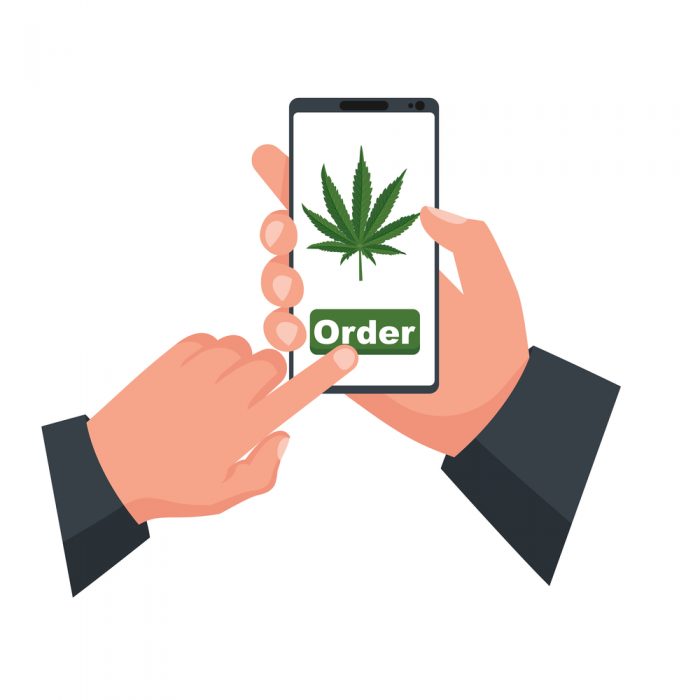Category: DIRECT RESPONSE
-
Essential Strategies to Start Your First Winning Email List
Are you ready to start building a powerful and profitable email list? Growing your email list is one of the best investments in time, money, and energy that you can make as an online business owner or entrepreneur. A successful email list is an essential element for driving leads and sales into your business—and it’s…
Written by

-
In Direct Response? Start Using Native Ads ASAP
If you are a direct response marketer or entrepreneur with a desire to grow your business, then you should be using native channels. As you know organic and PPC traffic can take a long time to convert, so starting to use native ad platforms for driving targeted traffic is crucial for growing your business. Native…
Written by

-
How to Sell CBD Online in 2022
Whether you are a brand new online CBD merchant or an experienced one, the CBD industry is ripe with potential for business. The market is still developing and is currently filled with uncertainties, which means that wise businesses will capitalize on opportunities to stand out in the cannabis industry while they still exist. When selling…
Written by

-
3 Simple Truths to Decrease Chargebacks AND Increase Conversions
3 Simple Truths to Decrease Chargebacks AND Increase Conversions Welcome to Part 2 of our FAQ with Satwant Phull on his podcast, The Payments Show Podcast. In Part 1, we talked about the shocking truths of high-risk merchant accounts and how to prevent (or save) your business from getting shut down, suspended, or frozen. Here,…
Written by

